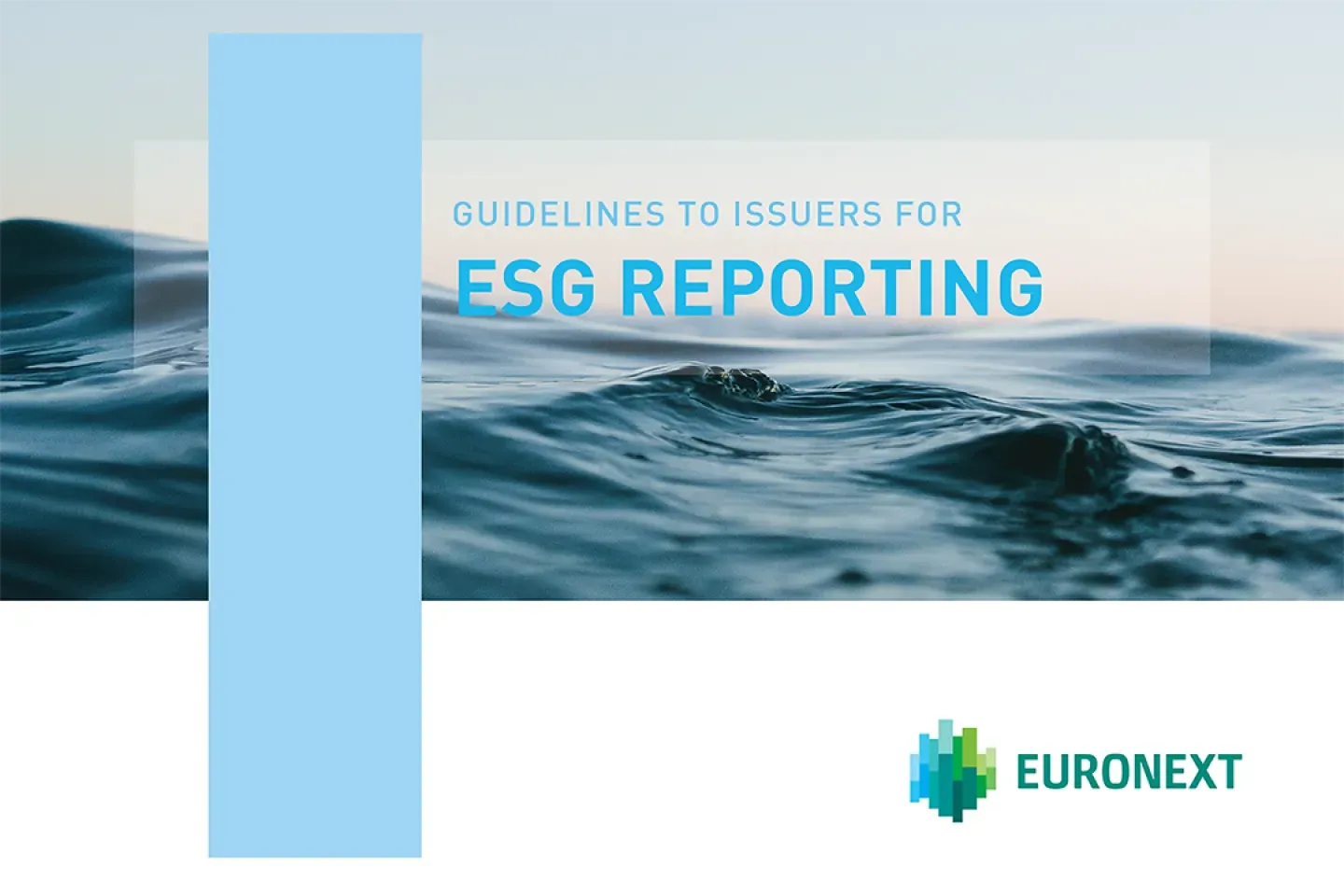Going Public on Euronext: Post-listing life
Sarah’s company is now listed on a Euronext market. A new growth chapter is opening up for her company. In reality, what does being listed mean?
Find out more thanks to Sarah’s adventure along her IPO process.
Latest Listing News
Boost your growth
Once listed, a company can raise capital and do strategic deals far more easily. This is the payoff for a successful listing — one that provides solid, compelling information and attracts enthusiastic investors.
Additional rounds of funding can be used to:
- Fund R&D
- Open to new markets / countries
- Make Acquisitions
- Strengthen the company’s capital base
- Achieve a better balance of equity and bonds
- Offer partners or shareholders an opportunity to raise their stake in the company
- Fund employee shareholding plans
- Offer bonus issues
- Propose optional dividends
To raise capital, the issuer can go either through a public or a private placement. Companies can also issue bonds—listed or not—to raise bonds and round out equity. Some hybrid products combine bonds and equity. This is the case of convertible bonds, a common means of raising funds; such issues are easier when an underlying product is listed on the stock market.
Corporate Actions can help the issuer fulfill various strategic goals: develop its brand image, optimise its capital structure, or invigorate its shareholders' loyalty for example.
Who are your investors, and what do they expect?
With around 6,000 listed companies in Western Europe, investors are spoiled for choice and competition is fierce. To win shareholder favours, listed companies must differentiate their offer, designing attractive marketing strategies and crafting relevant messages for their targets.
Targeting investor profiles
Listing on Euronext gives companies access to a wide pool of investors with various profiles. Investor aims and roles vary:
- Institutional investors: asset managers, insurers, pension and sovereign wealth funds focus on capital gains within a 1 to 3-year investment horizon on average. They are usually the largest contributors to financing rounds
- Family Offices and private banking: managing assets for high net worth individual with a long-term perspective
- Retail investors: individuals managing their personal savings. They are more sensitive to sector/product exposure and management performance. They help boost liquidity and are usually loyal shareholders
Identifying and understanding shareholders
To deploy a successful investor relations strategy, companies need an accurate list of all existing and potential shareholders. As with any communications strategy, this means identifying targets and making efficient use of databases. All of which requires a serious investment in time and database management. One option is to assign this task to an in-house Investor Relations Officer; another is to outsource the function to a specialised expert.
Communicating on the equity story: key to a relationship built on trust
From the very start of the listing process, company leaders will define their goals for the next three to five years, their shareholder strategy, and their financing requirements.
Investors want an easy-to-understand business model with identified growth vectors. Quality of management and governance are also key criteria. More generally, investors and analysts seek transparency in corporate communications. This means publishing high quality information with clear, simple, accurate content. Access to management is also critical.
How sell-side analysts influence investment decisions
Analysts are the first to relay the company’s equity story when it lists, and are the first sources of information for potential investors. Expectations are often high, and the company must keep close watch over any gap between its own estimates and analysts’ projections.
Complying with regulatory requirements
One of the main differences between private and public companies is the amount of information the latter must provide to the market.
From the regulator’s point of view, financial information must be accurate, detailed and published in good faith, and it should be released according to an agreed annual calendar. In the meantime, events that are likely to influence investor perceptions of the business—and thus its share price and value—must be announced immediately and to all investors at the same time.
ESG reporting: How to better interact with investors
Environmental, Social and Governance principles (ESG) are a set of standards by which a company can measure the wider impact of its operations and long-term strategy.
The need for information is not limited to investors; a wide range of stakeholders increasingly require updates from listed companies regarding the most significant opportunities available and how to manage the risks to which they can be exposed.
Euronext has developed guidelines to help listed companies in their interactions with investors and the wider ESG community, to help them understand how to address ESG issues as a key component of investor relations, as well as the main principles to consider when preparing an ESG report.

Evaluate your sustainability measures
ESG is a hot topic on investors’ minds these days, and many issuers are incorporating ESG factors into their strategy. But how does your sustainability reporting actually measure up?
Take a short self-assessment questionnaire now to determine the relevance of your sustainable reporting format, ensure you have the right audience, and compare your ESG disclosure policy with the expectations of investors and ratings agencies.

Learn how to contribute to best practices for the future
The guide is designed to help companies engage in climate change mitigation policies with the support of their investors, and more broadly lists the key aspects to consider when reporting on ESG to make the most of the associated opportunities.
This commitment is key to Euronext’s purpose to shape financial markets for future generations.
Codes
Carefully considered corporate governance policies and practices along with high levels of transparency can lead to improved levels of trust. This will allow investors to take a more considered view of the governance of the company, particularly where explanations have been provided.
UK Corporate Governance code
The Code focusses on the application of the Principles and reporting on outcomes achieved. For the Code's Provisions, companies should disclose how they have complied with these or provide an explanation appropriate to their individual circumstances.
Irish Corporate Governance Annex
The Irish Corporate Governance Annex (the ‘Irish Annex’) is addressed to companies with a primary equity listing on Euronext Dublin. The Irish Annex implements the nine recommendations arising from the report commissioned by Euronext Dublin and IAIM in early 2010.
Oslo Børs Code of Practice for IR
Oslo Børs wishes to contribute, through the Oslo Børs Code of Practice for IR (the Code of Practice for IR), to maintaining high standards of quality in the information provided by listed companies. Relevant, accessible and up-to-date information generates interest and confidence – and is essential for liquidity.
Code of Practice for legal provisions of relevance for investors to be provided on the company website
A large portion of the companies listed on Oslo Børs are foreign, and the proportion of foreign shareholders in many of the listed companies is high. It can be challenging for investors and other market participants to locate and digest the information they need about legal provisions that are relevant to trading in listed companies. Oslo Børs therefore provides recommendations for companies listed on Oslo Børs or Oslo Axess for the information they should post on their website.
Learn more
IPO Guide
Download the IPO Guide for entrepreneurs and learn about the key steps in a stock market listing explained, from preparation to IPO results.
Premium services to listed companies
Euronext offers a set of corporate solutions and services to help listed companies better manage their company life.
Download our brochures
-
English Version
English Optional Dividends /sites/default/files/2020-10/52118_OptionalDividends-Flyer_v13_WEB.pdf
-
English Version
English Bonus Issues /sites/default/files/2020-10/52118_BonusIssues-Flyer-v10_WEB.pdf
-
Employee Share Ownership Plans
English Version
English Employee Share Ownership Plans /sites/default/files/2020-10/52118_ESOP-Flyer-v16_WEB.pdf
Contacts
Euronext’s dedicated listing specialists are happy to answer any questions your company may have regarding the listing of securities on one or more of our European cash markets.
At Euronext, our team is committed to building a global network that extends beyond our national markets. Any foreign company may be admitted to listing/trading in one of our exchanges in Amsterdam, Brussels, Dublin, Lisbon, Milan, Oslo and Paris, provided they meet the minimum criteria.


Pablo Pérez-Orive
Business Development Manager Debt & Equity Listing Spain

Eric Tossah
Listing Director SMEs France - Île de France Grand Est et Hauts-de-France




